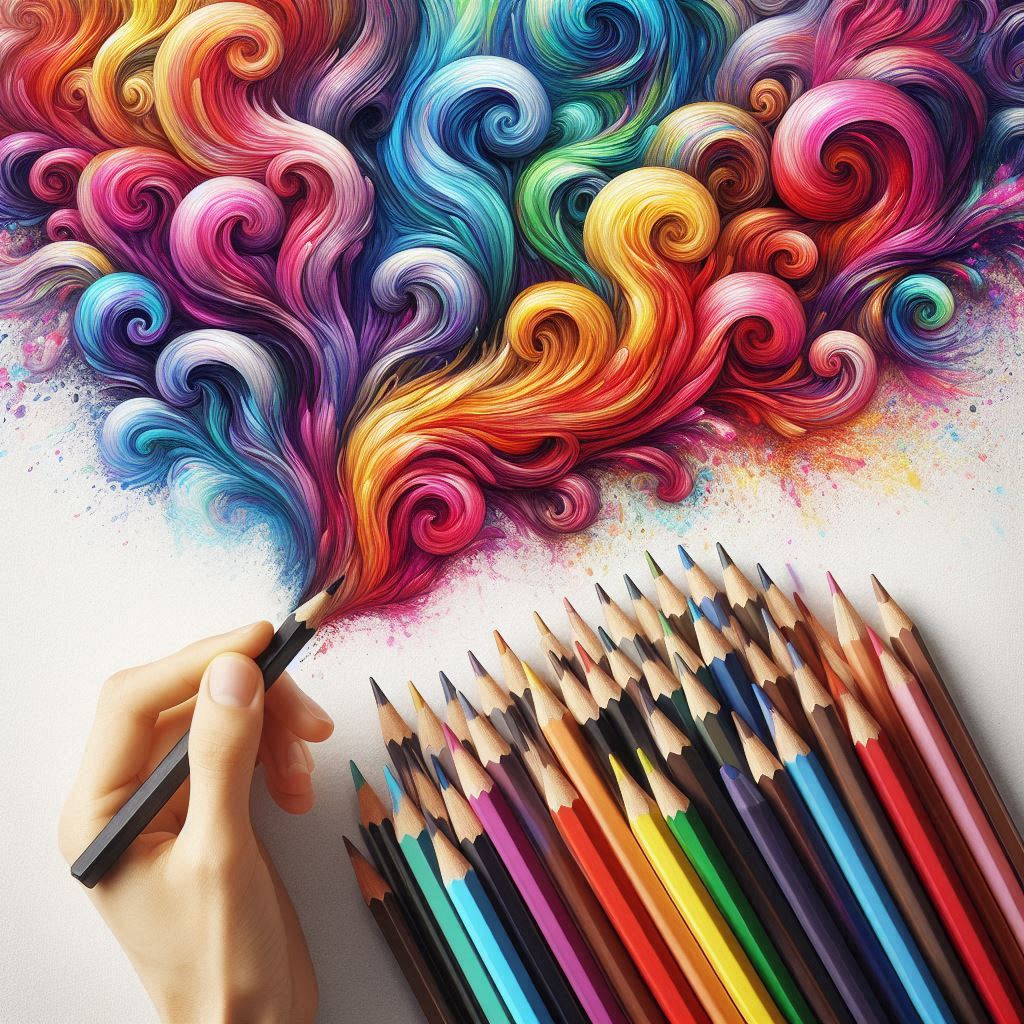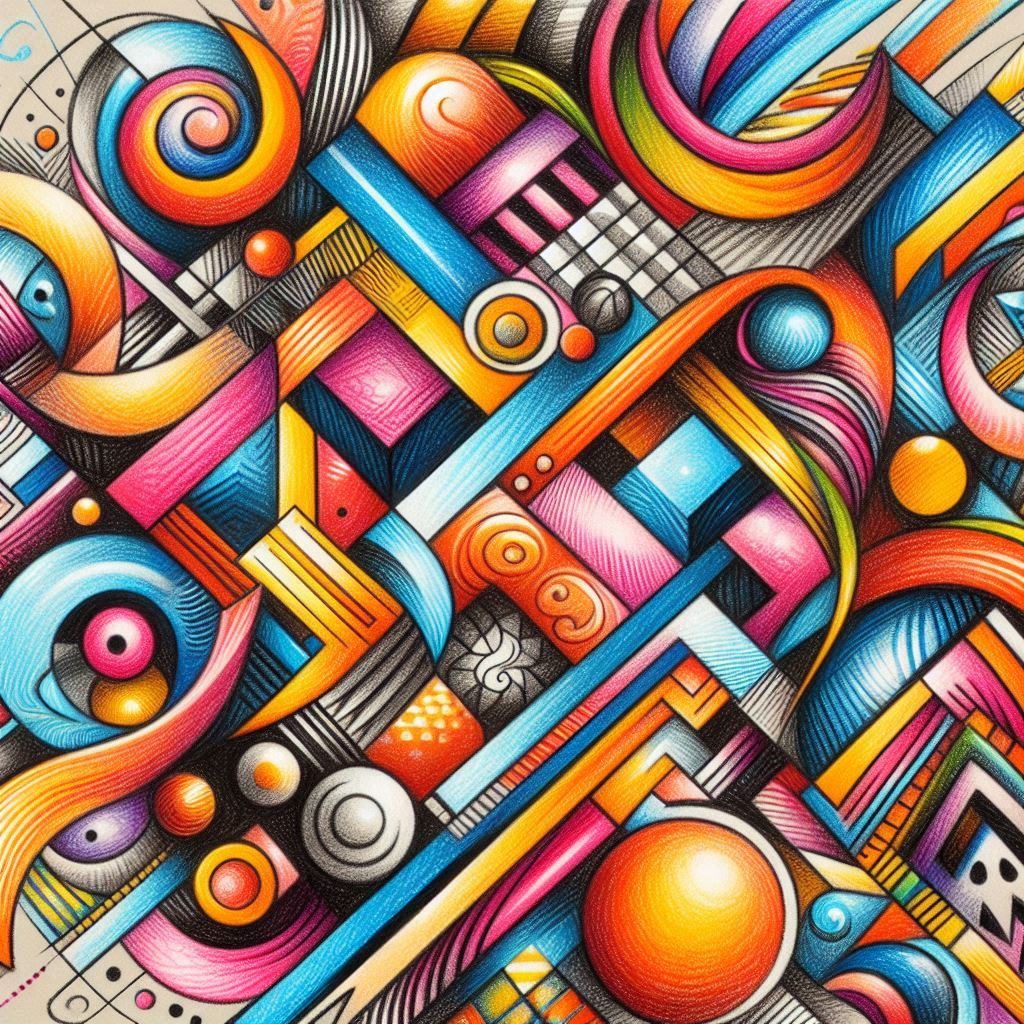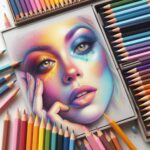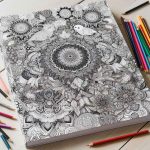This website uses cookies so that we can provide you with the best user experience possible. Cookie information is stored in your browser and performs functions such as recognising you when you return to our website and helping our team to understand which sections of the website you find most interesting and useful.

Creativity with Professional Colored Pencils

Understanding Colored Pencil Techniques
When it comes to creating stunning artwork with professional color pencils, understanding the foundational techniques and basic strokes is essential. These techniques provide the building blocks for more complex effects and realistic results.
Foundational Techniques
Foundational techniques serve as the basis for creating colored pencil art. These techniques can be used with any brand of colored pencils, although the results may vary based on the paper used (smooth vs. textured). The primary foundational techniques include:
- Stippling: This involves creating a series of dots to build up color and texture. The density and size of the dots can vary to achieve different effects.
- Hatching: This technique consists of drawing closely spaced parallel lines. The lines can be drawn at different angles to create variations in shading.
- Cross-Hatching: This is an extension of hatching, where another set of parallel lines is drawn over the first set, typically at an angle, to create a denser area of color.
- Back and Forth Stroke: This simple technique involves moving the pencil back and forth in a continuous motion, creating even layers of color.
- Scumbling: This technique involves using small, circular motions to build up layers of color, resulting in a textured effect.
Basic Colored Pencil Strokes

The five basic colored pencil strokes can be used alone or combined to create a variety of textures and effects in colored pencil art. These strokes include:
- Stippling: As mentioned earlier, stippling involves creating a series of dots. This technique is excellent for adding texture or subtle shading.
- Hatching: Creating parallel lines to build up color. This stroke is useful for shading and adding depth.
- Cross-Hatching: Layering sets of parallel lines over one another. This technique enhances the depth and intensity of the color.
- Back and Forth Stroke: Moving the pencil in a continuous motion to create even layers of color. This stroke is versatile and can be used for large areas.
- Scumbling: Using small, circular motions to apply color. Scumbling is ideal for creating a textured, layered effect.
Here is a table summarizing the basic colored pencil strokes:
| Stroke Type | Description | Use Case |
|---|---|---|
| Stippling | Series of dots | Adding texture, subtle shading |
| Hatching | Parallel lines | Shading, adding depth |
| Cross-Hatching | Layered parallel lines | Enhancing depth, intensity of color |
| Back and Forth Stroke | Continuous back and forth motion | Large areas, even layers of color |
| Scumbling | Small, circular motions | Textured, layered effect |
Adjusting the pressure placed on the pencil when layering colors can impact the value and intensity of the color in colored pencil drawings, allowing for experimentation to achieve desired results (The Virtual Instructor). For more advanced techniques, check out our article on colored pencils for shading.
By mastering these foundational techniques and basic strokes, artists can unleash their creativity and make the most of their professional color pencils. For recommendations on the best colored pencil brands, visit our guide on the best color pencils for artists.
Choosing the Right Colored Pencils
Selecting the best colored pencils is crucial for achieving vibrant and professional results in your artwork. This section delves into the factors that influence pencil quality and the differences between professional and regular colored pencils.
Factors Influencing Pencil Quality
Several factors determine the quality of colored pencils. These include pigment concentration, binder composition, and overall durability.
- Pigment Quality: Professional colored pencils contain more pigment and less binder compared to regular pencils. This results in more vibrant and rich colors that can resemble paintings when layered heavily.
- Binder Composition: The binder in a colored pencil holds the pigment together. In professional colored pencils, the binder is softer, allowing for easier blending and smoother application. This makes them ideal for creating strong colors and smooth transitions from light to dark.
- Durability: Professional colored pencils are more lightfast, meaning they are more resistant to fading over time. This ensures that your artwork remains vibrant and intact for years.
Professional vs. Regular Pencils
Understanding the differences between professional and regular colored pencils can help you make an informed choice.
| Feature | Professional Colored Pencils | Regular Colored Pencils |
|---|---|---|
| Pigment Concentration | High | Low |
| Color Intensity | Vibrant and rich | Less vibrant |
| Blending Ability | Excellent | Limited |
| Core Composition | Softer (wax, clay) | Harder |
| Lightfastness | High | Low |
| Durability | Long-lasting | Prone to fading |
Professional colored pencils, such as Prismacolor, are designed to blend well when layered and fill the gaps in the paper. They lay down more pigment, making strokes more obvious, and create smoother transitions between colors (Quora). Regular colored pencils, on the other hand, tend to be harder, deposit less pigment, and may leave physical indents on the paper that cannot be blended out.
For artists seeking to achieve high-quality, vibrant artwork, investing in professional colored pencils is a wise decision. To explore more about different types of colored pencils, check out our articles on metallic colored pencils, pastel colored pencils, and oil-based colored pencils.
Characteristics of Professional Colored Pencils
Professional colored pencils stand out from their regular counterparts due to several key characteristics that greatly enhance the artist’s work. These include pigment quality, color intensity, lightfastness, and a wide color range.
Pigment Quality and Color Intensity
The quality of pigments used in professional colored pencils is a significant factor that influences the vibrancy and richness of the colors. High-quality pigments provide deeper and more vibrant hues, which can dramatically enhance the overall effect of the artwork. Expensive colored pencils contain a higher concentration of pigment and less binder, resulting in lighter and more opaque colors. They also lay down more pigment, making strokes more noticeable and enabling better blending and layering.
| Type of Pencil | Pigment Quality | Color Intensity |
|---|---|---|
| Professional | High | Vibrant |
| Regular | Low | Muted |
For artists seeking pencils that offer smooth blending, professional options are ideal. They allow for easy and seamless blending, enabling various artistic expressions and color transitions.
Lightfastness and Color Range
Lightfastness is another crucial characteristic of professional color pencils. It refers to the pencil’s ability to resist fading when exposed to light over time. Choosing colored pencils with high lightfastness ratings ensures that your artwork maintains its vibrancy and color integrity even after prolonged exposure.
| Pencil Type | Lightfastness Rating |
|---|---|
| Professional | High |
| Regular | Low |
Professional colored pencils often come in a wider color range, offering artists more options to express their creativity. The extensive color palette allows for more nuanced and detailed work, making it easier to achieve the desired effects in your drawings.
For those interested in exploring different types of colored pencils, you can read more about metallic colored pencils, pastel colored pencils, and neon colored pencils. Additionally, for recommendations on the top brands, check out our guide on the best colored pencil brands.
Professional colored pencils, with their superior pigment quality, high lightfastness, and extensive color range, are the preferred choice for serious artists looking to achieve the highest quality in their work.
Tips for Using Professional Colored Pencils
Achieving exceptional results with professional color pencils requires mastering specific techniques. Here are some essential tips for blending, layering, and achieving realism in your artwork.
Blending and Layering Techniques
Blending and layering are foundational techniques for creating smooth transitions and rich color gradations. Mastery of these techniques can elevate the quality of your drawings significantly.
Layering: Start by applying light layers of color. Gradually build up the intensity by adding more layers. Adjusting the pressure placed on the pencil can impact the value and intensity of the color. Light pressure results in a softer application, while heavy pressure yields a more intense color.
Blending: To blend colors seamlessly, use a colorless blender or a lighter shade of the same color. This can help merge the colors without leaving harsh lines. Burnishing is another effective technique where you apply heavy pressure with a light-colored pencil or a colorless blender to achieve a smooth, polished finish.
| Technique | Description |
|---|---|
| Layering | Building color intensity with multiple light applications |
| Blending | Merging colors using a lighter shade or colorless blender |
| Burnishing | Applying heavy pressure for a smooth, paint-like finish |
For more on blending and layering, check out our guide on colored pencils for shading.
Best Practices for Achieving Realism
Achieving realism with professional colored pencils involves attention to detail and various techniques that enhance the depth and texture of your drawings.
Pressure Adjustment: The softness of colored pencils determines the texture they create on paper. Harder pencils are ideal for detailed work with delicate lines, while softer pencils are suitable for more expressive, rough sketches.
Color Choices: Selecting the right colors is crucial. Choose hues that complement each other and create harmonious combinations. This can help in rendering realistic colors and textures.
Patience: Creating realistic drawings with colored pencils is a time-consuming process. It requires multiple layers and meticulous blending. Patience is key to achieving a high level of detail and realism.
Quality Matters: Using premium-grade pencils significantly influences the outcome of your artwork. Higher quality pencils offer better pigment quality, color intensity, and blending capabilities.
For more tips on achieving realism, explore our article on the best color pencils for artists.
By following these tips and techniques, you can make the most of your professional colored pencils, bringing your artistic visions to life with depth and precision.











